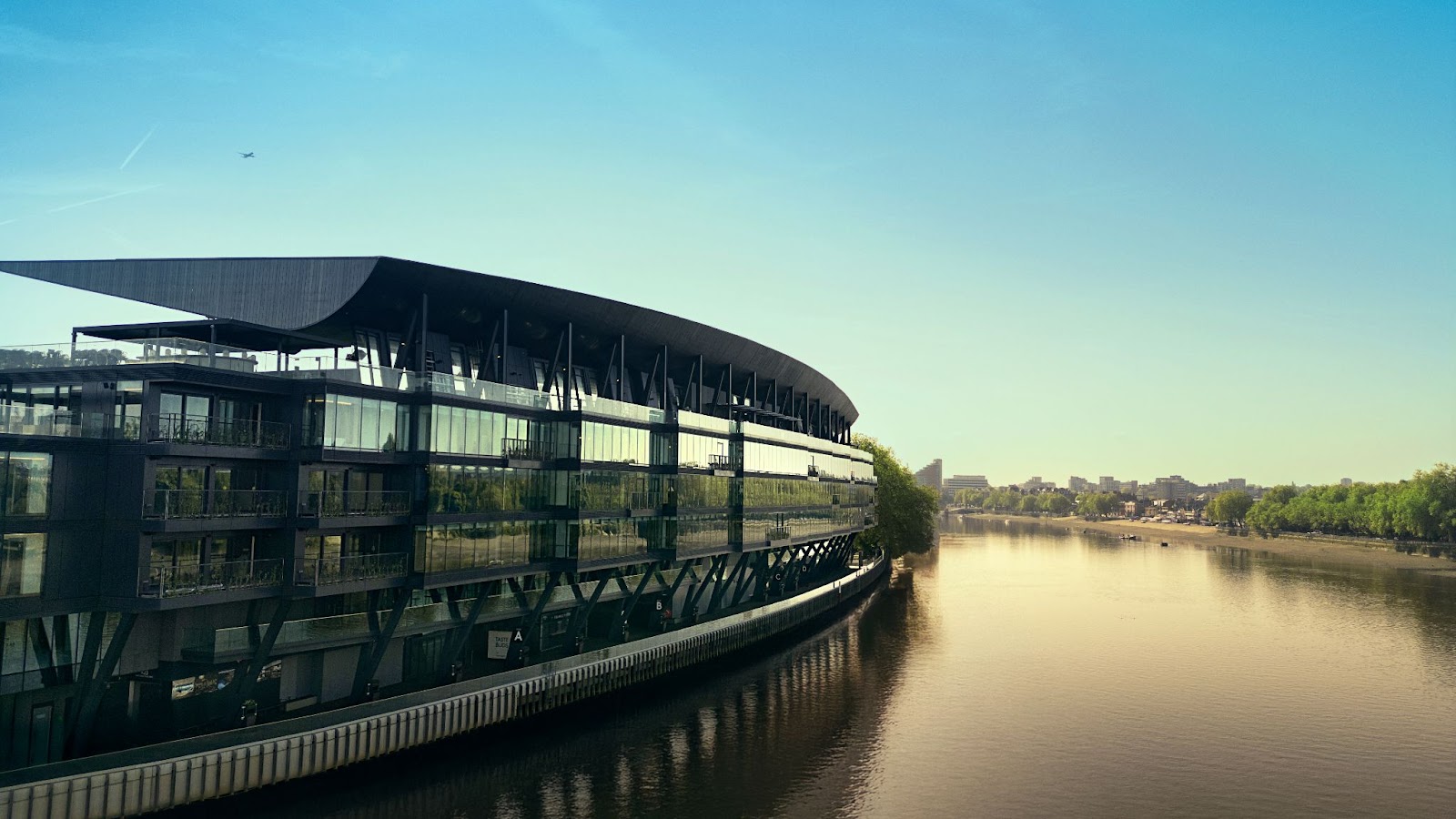Theatrum Mundi celebrates 10 years of transdisciplinary work in city-making and calls for applicants for its new study programme.
Theatrum Mundi cohort of 2022. Photo by Adam Moore.
Theatrum Mundi, the centre for research and experimentation in the public culture of cities, is inviting applications for PolyVocalCity: Re-staging Croydon a 7-month curated programme of workshops, talks, walks and activities that will run from March to September 2023 and has been specifically designed to give participants agency and a shared stake in the reimagining of Croydon’s neighbourhoods, homes, public spaces, community and cultural buildings.
Focused on the theme of Just Transition, participants will explore new ideas for the future of Croydon’s town centre and public realm that will have environmental and social justice at their heart.
Theatrum Mundi’s diverse network of collaborators – artists, activists, thinkers, and urbanists – will use world building and gaming practices, as well as dedicated sessions on choreography, sound, writing and infrastructure, to facilitate the cohort’s work with the local community. Theatrum Mundi is offering ten free places to Croydon locals from marginalised backgrounds, as well as ten paid places for professionals and students across London.
Theatrum Mundi cohort of 2022. Photo by Lou-Atessa Marcellin.
Theatrum Mundi will also be running a series of four masterclasses in Winter/Spring 2023 exploring how transdisciplinary thinking and making can lead to more socially and environmentally sustainable cities. Chosen topics are narrative, sound, choreography and cultural infrastructure and the courses will be run primarily from Theatrum Mundi’s offices in Clerkenwell.
Founded by 2012 by Professor Richard Sennett and Dr Adam Kaasa, Theatrum Mundi aims to create a dialogue between artists and urbanists, expand the crafts of city-making through the arts, including storytelling, performance and sound/music and, crucially, to diversify the range of voices in these processes. Now operating as a charity based in London and Paris, the organisation has projects that span the UK, Europe and the Mediterranean.
Its work brings together people with a range of backgrounds and perspectives on cities and culture: artists, activists, architects, urbanists, students, scholars and community leaders, as well as the broader public. Courses, workshops and masterclasses, taught by leading figures in the field, put people’s experiences at the core of placemaking, to better understand issues that range from urban mobility to living in harmony with nature.
How Does the City Moves You? Photo by Stephern Wright.
Celebrating its tenth anniversary this year, Theatrum Mundi has made a significant impact on collaborative practice spanning a wide range of disciplines. As an example Lisa Sandlos (kinesiologist) and Rennie Tang (landscape designer) met Dr Eleni-Ira Panourgia (sound artist) at Theatrum Mundi’s Sonic Urbanism colloquium in 2019. They are now collaborating on Sonic Kinesthetic Forest, working with a group of landscape architecture graduate students on a parallel study of trees and bodies that will result in an urban forestry project on the Cal Poly Pomona University campus where Tang teaches.
Interdisciplinary artist-scholar and choreographer Adesola Akinleye has been a research fellow in Theatrum Mundi’s programme since 2018. Working with the notion that there are synergies between dance-making and city-making, she brings a heightened awareness of how the moving body encounters, adapts to, and uses public space to explore issues around urban cohesion. Placements within Arup and collaborations with independent engineers allowed Adesola to act as an artist ‘at the creative table’ and contributed to the publication of Adesola’s new book, Navigations: Scoring the Moment (2022), which she describes as ‘an analytical toolkit’, saying: “For me, the fundamental outcome from this immersion in the engineering world was the creation of a mutual willingness to think differently, and the consequent impact on our respective practices.” The book offers a transdisciplinary ‘lexicon of place-making’ gleaned from the Theatrum Mundi placements and collaboration with MIT: “a scaffold for shared exploration, liberating communication from the contingencies and limitations of different subject areas.”
Whilst much of Theatrum Mundi’s work results in the making of these transdisciplinary partnerships and forging new ways of thinking, others have a direct impact on space-making. Making Cultural Infrastructure, for instance, elicited this response from Andrew Leitch of Creative Scotland: “The process we have used has continued to support old models of provision for arts and creativity, focused on either upgrading existing facilities or the creation of new facilities based on the Victorian model of arts provision … Theatrum Mundi’s Making Cultural Infrastructure began a thought journey looking at how arts and creativity can be encouraged to flourish in a multiplicity of forms and how we can look anew at the potentials for cultural provision for an emerging future which does not rely on the ambitions and notions of futures past.”
Voi(e,x,s) – Paris.


















